I recently visited the Museum of Chinese in America in New York’s Chinatown and highly recommend the place to you all. Some stuff I learned:
1) Chinese vs. Japanese. According to Life magazine (Dec. 22, 1941), the Chinaman has “parchment yellow complexion” and “never has rosy cheeks,” whereas a Jap has a “heavy beard” and “less frequent epicanthic fold.” Are you getting a whiff of physiognomy? Me too. Stop by Urban Outfitters for your phrenology bust.
During WWII Chinese became the “good Asians,” were characterized as hardworking, intelligent, brave and religious. The Japanese were portrayed as sly, treacherous, cruel and warlike. Got it? This could have helped you ace the AllLookSame quiz that used to be online.
2) The Repeal That Wasn’t. The 1943 bogus repeal of the Chinese Exclusion Act of 1882 allowed only 105 Chinese immigrants into the U.S. each year.
3) No Wonder I’ve Never Tasted Chop Suey! The dish was an American invention. In 1920 two friends from the University of Michigan, Wally Smith and Korean-born Ilhan New, founded the La Choy Food Products Company. La Choy’s products allowed any restaurant to serve “Chinese” dishes like chow mein, chop suey, egg foo young.
4) Dragon Lady or Madame Butterfly? Screen star and second-generation Chinese American Anna May Wong (1905-1961) couldn’t kiss white men on screen (even if the men were in yellowface) because of anti-miscegenation laws. She also lost out on roles because she was “too Chinese to play a Chinese,” MGM executives told her. (So who did play Chinese characters in yellowface? Oh, John Wayne, Katharine Hepburn, Mickey Rooney, and many others) Cool video and voiceover by Ming Na.
5) “Poison Jim” the Squirrel Trapper. Never heard of this dude? Me either. Apparently he discovered the mustard plant growing as a weed in Salinas Valley in 1865 and sold the seeds to the French, paving the way for the commercial crop that would produce the yellow condiment Americans love. Oh, and he was Chinese.
6) Move Over, Ellis Island. Less famous than its contemporary in New York harbor, Angel Island Immigration Station (1910-1940) near San Francisco processed the unwanted would-be immigrants: those banned by the Chinese Exclusion Act as well as people from Cuba, Mexico and other Latin American countries.
7) Charlie Chinaman, Every Man. The stock name for the Chinese (and other Asians too), even in legal documents. Merchants got to go by “John Chinaman”; lowly servants were “Charlies”.
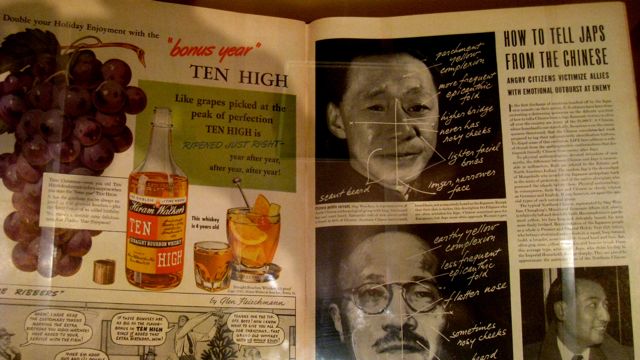
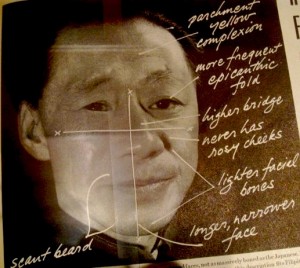
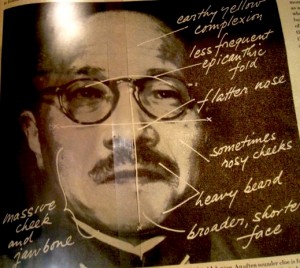
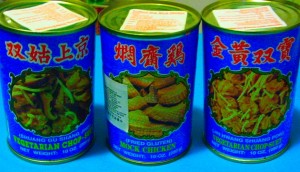
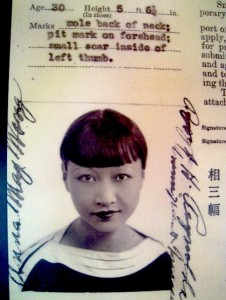
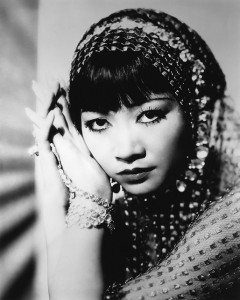
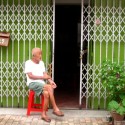
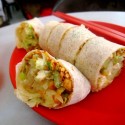

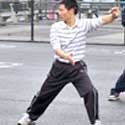

Yes very true. I’m looking forward to your even more exhaustive investigation to the rampant rascism that non-locals face in China today.
Times change fast, huh? Today Whites and Chinese (oops, I mean Taiwanese) can date, fall in love and marry. I’m one of them
First of all, it’s not “JAPS”, It’s JAPANESE! “Jap” is a racist term and pisses me off. The Japanese are the greatest race of people to ever exist on Earth. They deserve respect.And all those famous Hollywood stars you mentioned, don’t mean a fuckin’ thing to me. I hate those cocksuckers. HOW DARE THEY!!!!!!!!! insult Asians by wearing yellow face. that is BULLSHIT!!! For all the racism that the Japanese had to deal with from Americans, I’m GLAD they bombed Pearl Harbor!
Thanks for posting these myth-busters. It’s unfortunate we don’t get taught Asian American (or really any other minority group) history in school. Everything I know about Chinese American history came from a summer internship at the Chinese American Museum in Los Angeles and Lisa See’s On Gold Mountain.